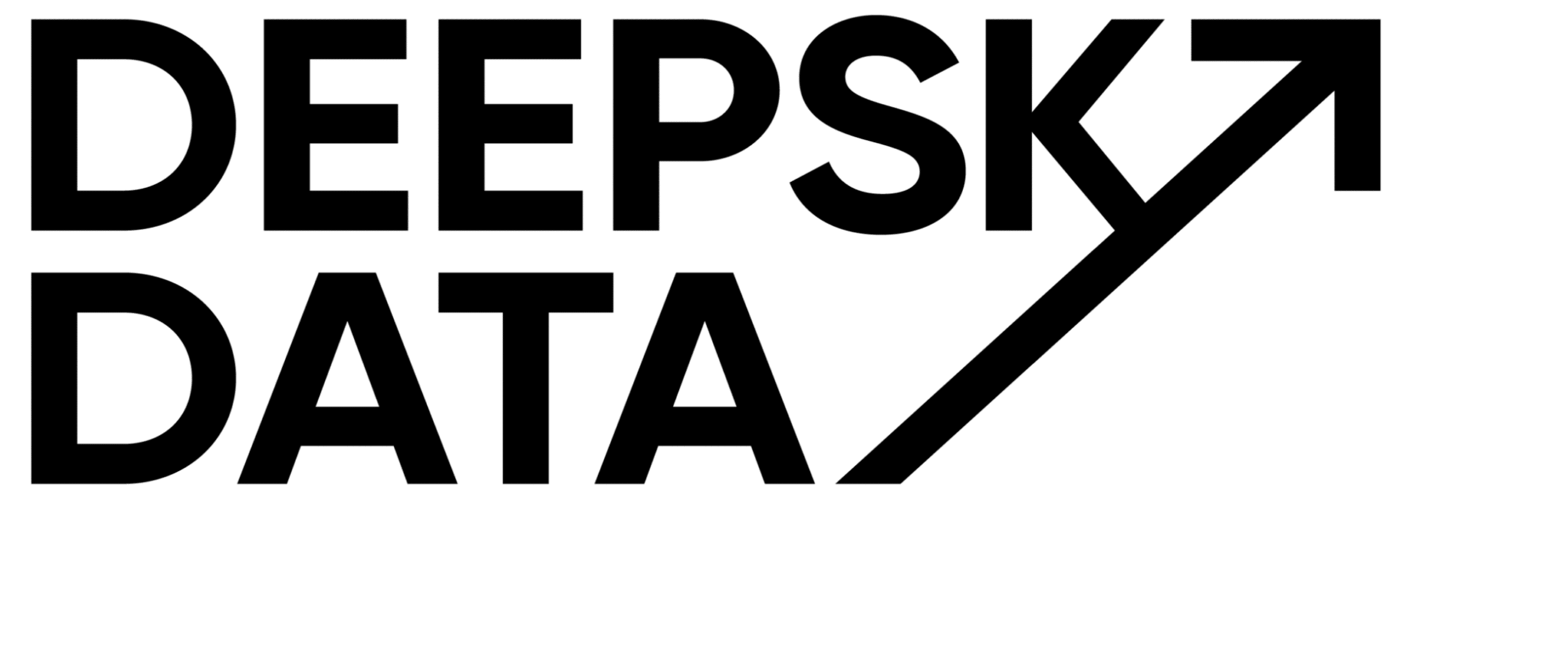This post is not about recommending a tool, but rather about the process of choosing the right tool for your use case
Dear Data-Traveller, please note that this is a LinkedIn-Remix.
I posted this content already on LinkedIn in October 2022, but I want to make sure it doesn’t get lost in the social network abyss.
For your accessibility-experience and also for our own content backup, we repost the original text here.
Have a look, leave a like if you like it, and join the conversation in the comments if this sparks a thought!
Screenshot with Comments:

Plain Text:
We are currently using Google Analytics, but we are looking into Piwik and Amplitude; but also heard about Snowplow. What do you think we should choose?
If I created a top 10 list of questions people ask me, this would be in it.
Today, I don’t want to discuss which alternative is the best (I usually never do that – you will see why in a minute).
I want to talk about the choice. We always have to make choices when we build a data stack. And not only about tools but also about the next steps, architecture, objectives, and people. The usual things in business life.
Maybe the better question is: How do I choose?
Here is what helps me to choose (because I am naturally not a super good chooser):
– What do I want to achieve – Writing down the goals or, even better, describing a future situation I want to achieve
– The unknowns – what areas of choosing are blank. Please make a list and try to fill them based on the material accessible (like docs). Or mark them as test cases
– The risks involved – what are the risks of this decision, what do I invest and can lose: usually about time and money
– develop an iteration plan – Usually, no choice can be fully sketched out on paper. You need to test it. Develop a test plan that covers the initial unknowns (new ones will appear during the test) and make a short list of what you want to test.
Finally – always keep this in mind: Thinking about the choices (in the best case together with different people) and taking time to test solutions is always less investment than just going for a tool and recognizing that it doesn’t work for you after three months when you have rolled it out. Start small and then roll it out to more use cases and people.

